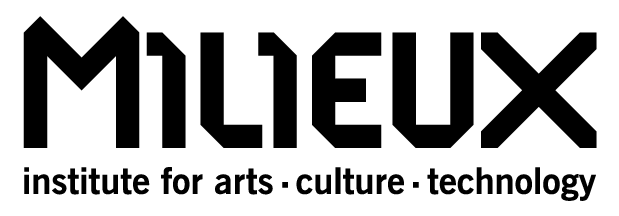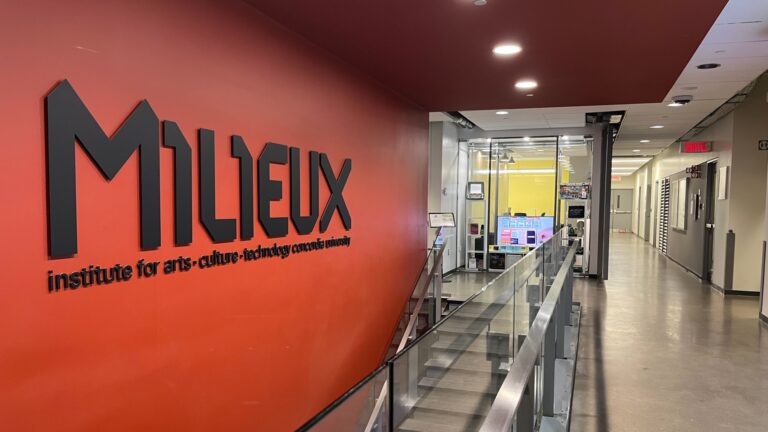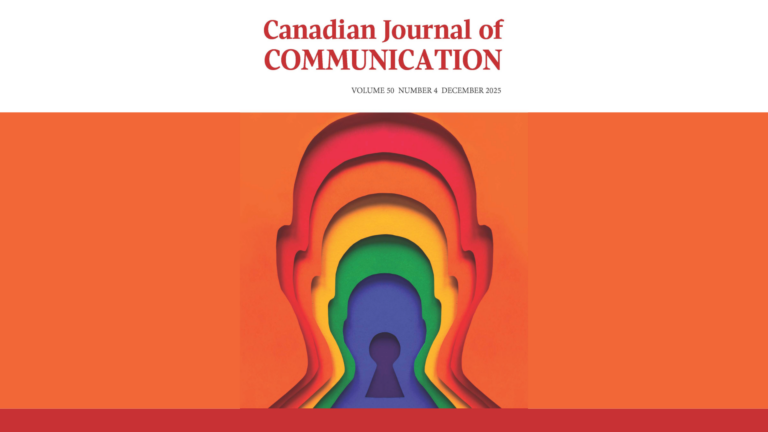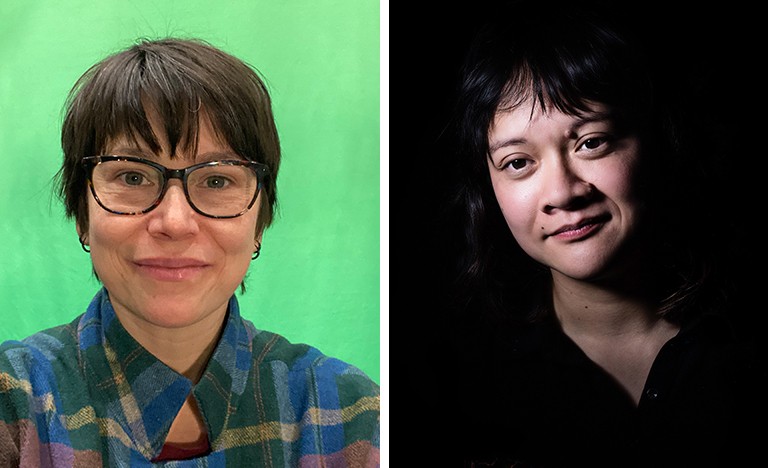By Matthew Raymond, Philosophy MA candidate at Concordia University interested in community models, information infrastructure and poetry
“Only the self-organization of the cognitive cyber-workers, only an alliance between the engineer and the poet, might reverse humanity’s slide…” (Franco “Bifo” Berardi, Breathing)
The coalition of poets and engineers that MUTEK has curated for over 20 years has never felt more timely. As we migrate further into the infosphere, a space which has come to be defined by an increasingly abstract everydayness, the visions of the future presented at Forum2021 were rejuvenating in their breadth. This is especially true of the diversity of modes of expression present: the textual and audio-visual, the performative and the discursive, all intermingled throughout almost two weeks of invigorating reflection on our contemporary techno-aesthetic situation.
It is easy to identify a certain “family resemblance” between MUTEK and Milieux in this sense, which is evidenced by the network of spontaneous collaboration that exists between the two organizations. We might ask, prompted by MUTEK, what the function of this network is in the context of our broader infosphere? No longer a place for the “viewing of digital art” or, worse, a “music festival,” with each year MUTEK’s space of investigation inches closer to the domain traditionally coveted by the research community of the university. Heidegger was mentioned (in the negative, of course) five times within the first hour and a half of the festival. From our vantage point, both Milieux and MUTEK are evidence of a loose and emergent movement that seeks to embed the conceptual work of thought within a richer domain of practice, interaction and design. No doubt ARS Electronica, which happened last week, equally fits this description (learn more about Milieux’s involvement at ARS here). As the world becomes increasingly conceptualized, the strength and vitality of these networks is cause for hope.
This power of the concept, expressed by the artefactual quality of our world, was at the heart of Benjamin Bratton’s dramatic opening keynote on the evolution of artificial intelligence and natural language models. This sense, that something is evolving before our eyes, that our existential predicament has been altered by the development of information technologies, quietly hummed in the background of all the festival’s programming.
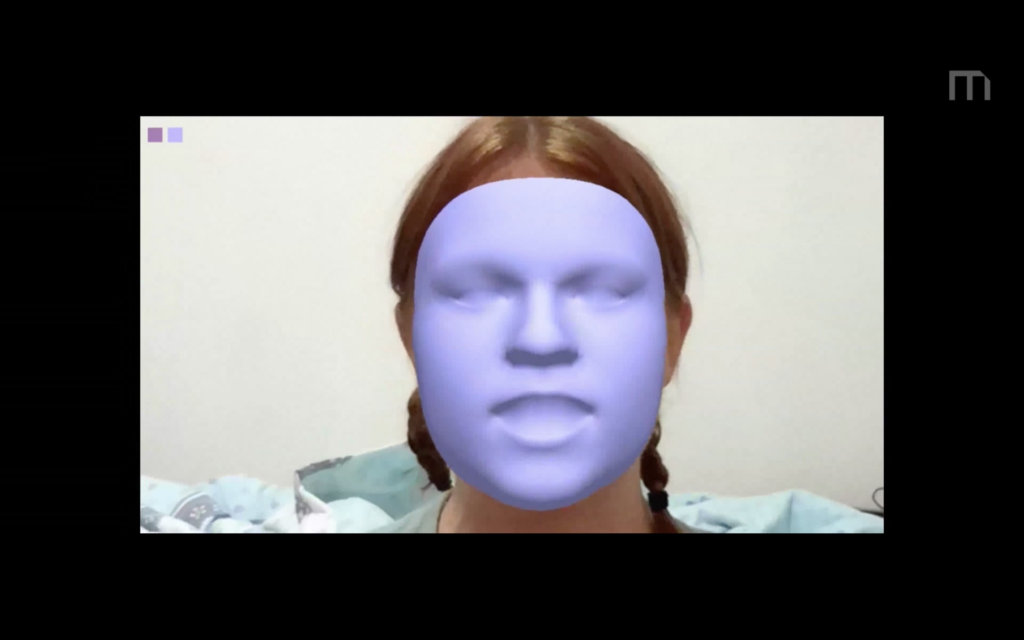
However, the conceptuality of the universal model presented by Bratton does not exclude the sensation, but rather is indicative of a large-scale reorganization of its provenance. This power of machinic sensory modification, the iridescence of the concept, was on full display in the documentation of SENSEFACTORY, an installation by Concordia and Hexagram’s Chris Salter and Milieux’s Alexandre Saunier. Presented as part of the Hexagram online exhibition, SENSEFACTORY consists of a constructed sensorial environment of sound, light and inflatables for participants to explore. If you can imagine Rimbaud designing a bouncy castle, then you’re not far off. Despite the disorder of the environment, ever-present in the documentation of SENSEFACTORY is a certain joy that the uncertain can bring when explored with others, as participants are seen cuddling face to face on glowing pillows or stumbling through a field of unstable inflatables. This sharing of contingency is perhaps more poignant now than it was in 2019 when the installation occurred.
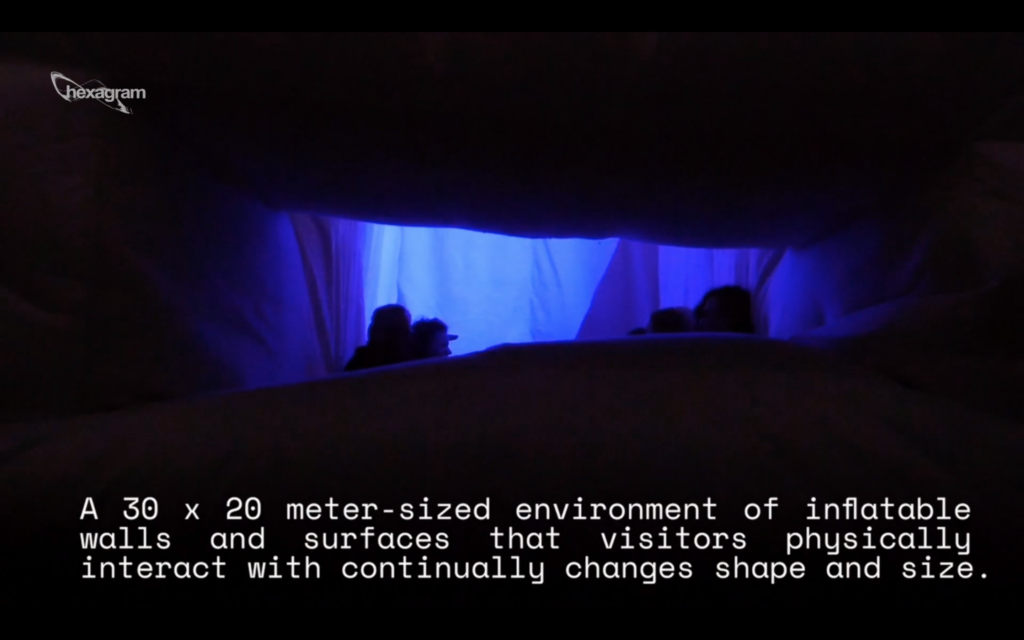
Also clear from our shared present is that the groups gathered by MUTEK are essential for the construction of our new world. The maintenance of these open pathways of dialogue, exchange and reciprocity are indicative of a vital circulation of knowledge, and with that, a community of practice.
Want to learn more about Milieux’s involvement at MUTEK? Check out our daily recaps here.
